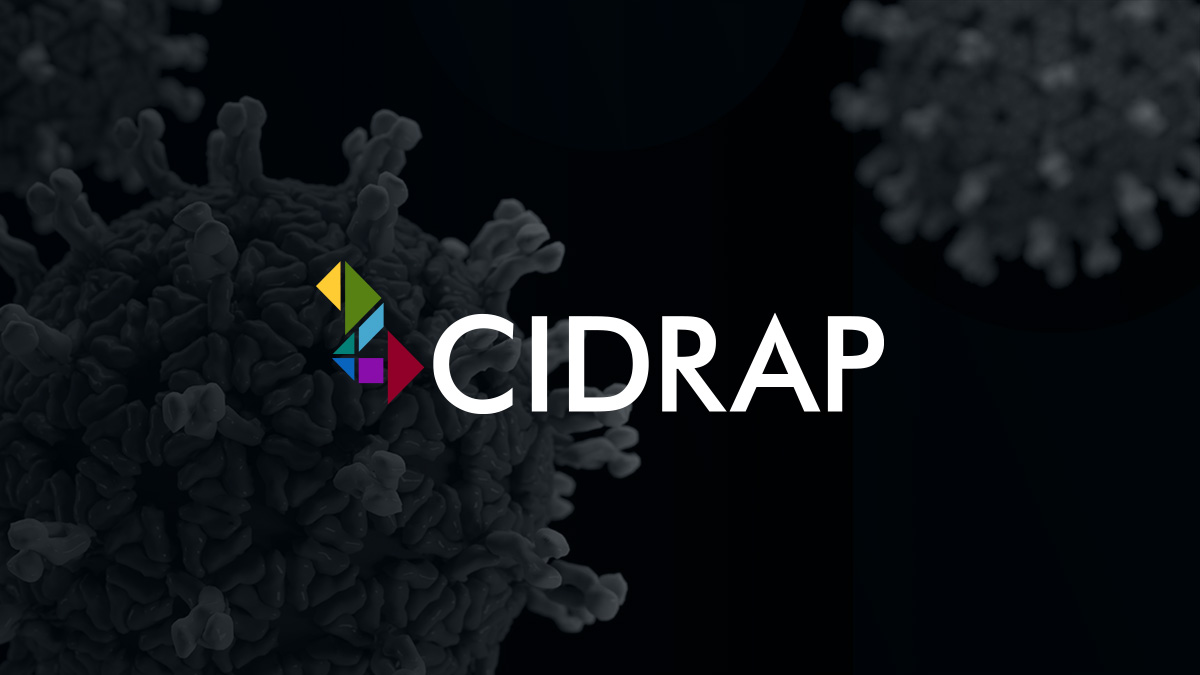
In some variations of the lovingkindness (metta bhavana) apply we begin by calling to thoughts a benefactor — somebody who has been type to us. The importance of that is that we’re remembering what kindness is like, connecting experientially with it in order that we keep in mind what it’s wish to be checked out with type eyes, to listen to type phrases in a form tone of voice, to see type body-language, and to be on the receiving finish of type actions. This makes kindness actual for us, in order that we are able to develop into kinder ourselves.
The rationale I feel that is necessary is that in cultivating kindness and compassion we’re all restricted, and we’re all in want of out of doors assist with the intention to develop into much less restricted.
Additionally see:
All of us have genetic and cultural conditioning that makes it laborious for us to domesticate compassion. We would aspire to be type and compassionate, and though typically we are going to succeed, we are going to usually battle. Generally we fail to see struggling or reply compassionately to it. Generally we behave in ways in which make folks endure. We have now blind spots that forestall us from even recognizing that we’re performing unkindly or harshly.
We regularly simply don’t know learn how to act in a different way. I used to be introduced up in a family the place I didn’t witness many examples of kindness and compassion, however as an alternative noticed numerous criticism and harshness, and the place struggling was usually dismissed. These had been behavioral patterns that had been impressed into the substrate of my growing mind, simply as they’d been impressed into my mother and father’ brains, and into their mother and father’. This sort of conditioning causes the very blind spots I used to be speaking about.
Individuals who had the blessings of a genuinely empathetic and compassionate upbringing have very completely different patterns imprinted of their neural pathways. They know what compassion appears like, feels like, and seems like. They know learn how to behave when face with somebody’s struggling.
In the end, we’re by no means going to determine compassion all by ourselves. We will make a certain quantity of progress on our personal, however our strongest breakthroughs and insights are prone to come from studying from different folks. That studying would possibly come from a e book, course, or video, or maybe extra probably simply from seeing examples of compassionate habits in motion. Witnessing compassion might be an “aha!” second. We notice, “Oh, wow! It’s potential to behave like that!” And in that method we start to transcend the restrictions of our conditioning.
In order that, I feel, is why one method to kindness meditation is asking to thoughts somebody who has proven us kindness. We would equally need — and it doesn’t must be simply in meditation — to recollect situations of others behaving compassionately towards us. We will keep in mind situations of forgiveness and understanding, even of somebody simply listening patiently to us. Repeatedly calling these recollections to thoughts, we imprint these patterns on our neural pathways. We construct the belief, Sure, I can act like that. We make it extra probably that we’ll act compassionately sooner or later.
Compassion spreads from thoughts to thoughts by means of a sluggish virality: typically from father or mother to baby, trainer to scholar, or good friend to good friend. This is the reason the world has, on the entire has been changing into a greater place over the previous couple of millennia. (Admittedly a sample of progress with some ups and downs.) Compassion has been imprinting itself upon our minds.
It’s good if we do not forget that we’re a part of this course of. We might be the examples of compassion that affect others, and make them notice, “Wow! It’s potential for somebody to behave like that! Possibly I can try this too!”







